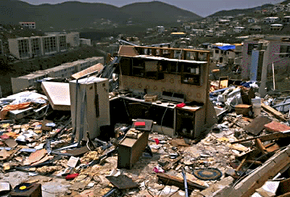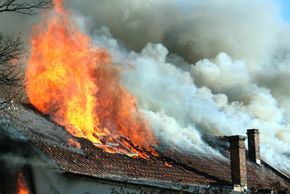The success of any business, utility or organization rests firmly on its reputation. That's why businesses, nonprofit organizations, governments, universities and individuals hire public relations professionals to portray them as beneficial, trustworthy and concerned members of the community.
But, all that careful image crafting can be destroyed by one poorly handled crisis. A "crisis," in public relations terms, is any event that draws intense, negative media coverage and interferes with normal business activity. Crises can cost organizations millions of dollars to repair or can potentially put them out of business for good.
Advertisement
Some examples of crises are:
- A fire in a chemical plant
- An E. coli outbreak at a hamburger restaurant
- An executive accused of insider trading
- A school shooting
- Charges of illegal accounting practices
- A politician who uses a racial slur on camera
- A drug that's found to have adverse side effects
- A plane crash
In this article, we're going to examine crisis communication. Crisis communication is part of an overall crisis management plan designed by upper-level management and public relations professionals to reduce the potential damage caused by a crisis. Specifically, crisis communication refers to the flow of information during a crisis among an organization, its employees, the media, the government, law enforcement and the general public [source: American Library Association].
The work of crisis communication is two-fold -- preparation and response. To prepare for a crisis, an organization must create a detailed crisis communication plan with a crisis communication team assigned to execute the plan. With a plan in place, an organization is more likely to respond to a crisis quickly, take immediate steps to control the message and successfully regain the public's trust.
Like a disaster recovery plan, a crisis communication plan is a type of insurance policy for the long-term health of an organization. Failure to address and contain a crisis can have lasting consequences for an organization. Crisis-plagued companies like Enron Corp., WorldCom, Tyco International and ImClone Systems were still making negative headlines in 2006, even though the first reports of corporate misconduct surfaced in 2001[source: Institute for Crisis Management].
In the corporate world, white-collar crime accounted for the largest percentage of business crises in 2006, closely followed by mismanagement. The top three most crisis-prone industries were airlines, software makers and pharmaceutical companies (see sidebar for rest of the top ten).
In this article, we'll explain how crisis communication works before, during and after a crisis, with an emphasis on how technology is making crisis communication more effective.
Advertisement





